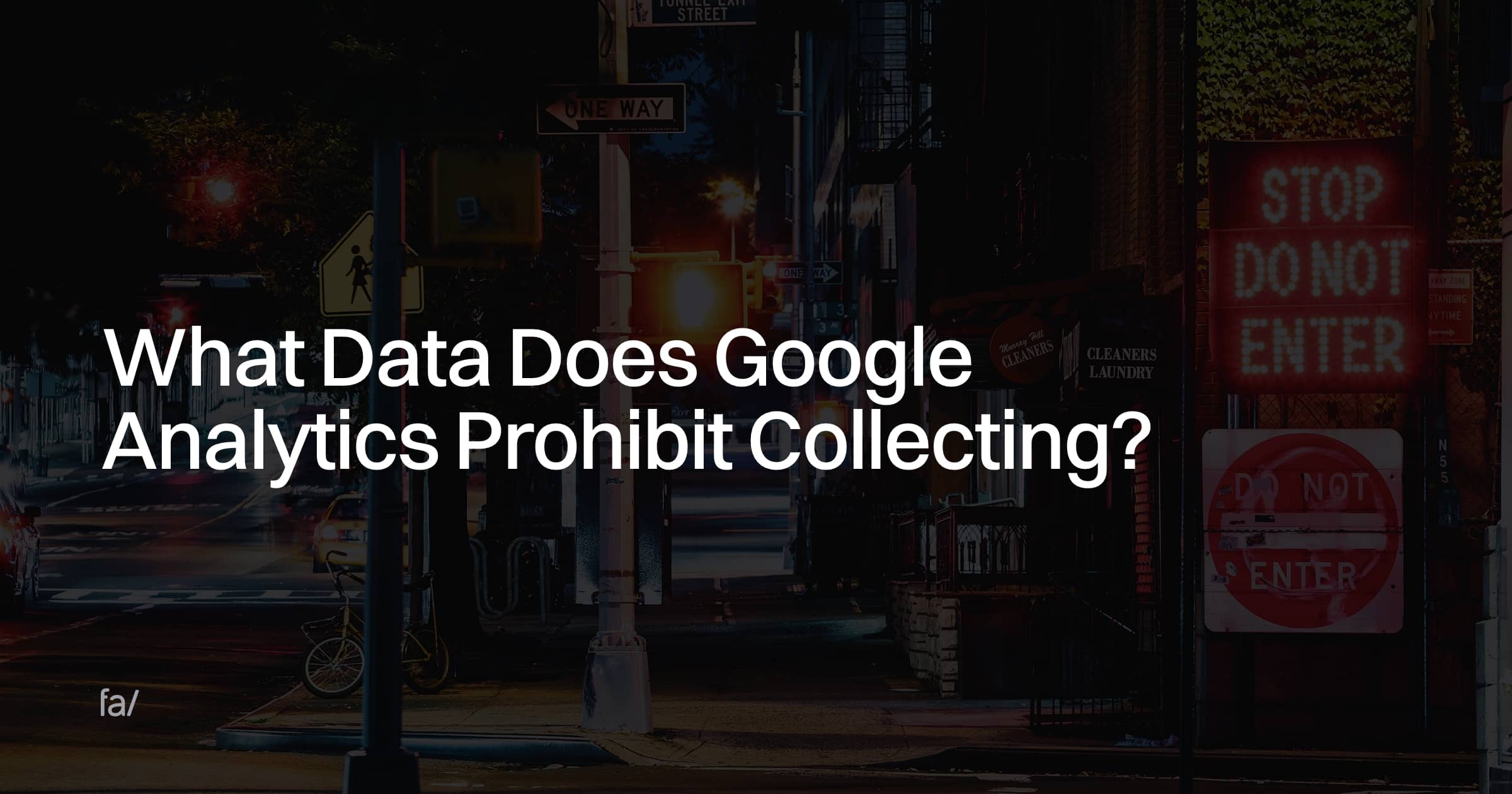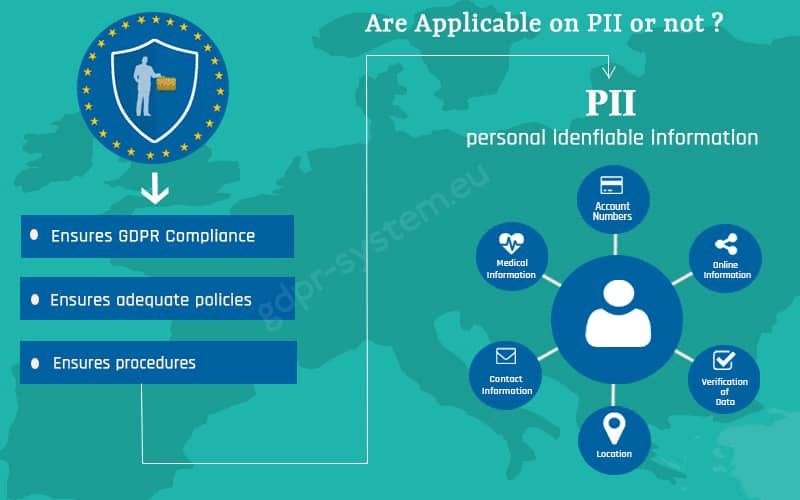Recognizing the Regulations: What Data Does Google Analytics Prohibit Collecting?
Recognizing the Regulations: What Data Does Google Analytics Prohibit Collecting?
Blog Article
Mastering the Art of Conquering Data Collection Limitations in Google Analytics for Better Decision-Making
In the realm of digital analytics, the capability to extract purposeful understandings from information is vital for informed decision-making. Google Analytics stands as an effective tool for services seeking to recognize customer habits, track conversions, and optimize their on-line existence. Nonetheless, data collection limitations within this platform can impede the precision and depth of the details gathered. To truly harness the possibility of Google Analytics for tactical decision-making, mastering the art of conquering these restraints is vital. By employing advanced methods and critical techniques, companies can boost their data top quality, unlock concealed understandings, and pave the way for even more effective and educated decisions.
Data High Quality Analysis
Examining the high quality of data within Google Analytics is a crucial action in making certain the dependability and precision of insights stemmed from the accumulated details. Information quality evaluation entails examining various aspects such as precision, efficiency, uniformity, and timeliness of the data. One key facet to consider is data precision, which describes just how well the information shows truth values of the metrics being gauged. Inaccurate information can cause faulty verdicts and misdirected organization decisions.
Efficiency of data is one more vital aspect in examining information high quality. Uniformity checks are additionally crucial in information top quality analysis to identify any type of inconsistencies or abnormalities within the data set. By focusing on data top quality assessment in Google Analytics, businesses can enhance the integrity of their analytics records and make even more educated decisions based on accurate insights.
Advanced Monitoring Techniques
Utilizing advanced monitoring techniques in Google Analytics can considerably improve the deepness and granularity of data collected for more thorough analysis and understandings. One such technique is occasion tracking, which allows for the surveillance of certain interactions on a website, like clicks on buttons, downloads of documents, or video clip sights. By carrying out event tracking, services can get a deeper understanding of user behavior and interaction with their on-line web content.
Additionally, custom-made dimensions and metrics give a means to customize Google Analytics to specific company requirements. Custom-made measurements permit the production of new information points, such as user functions or consumer segments, while custom-made metrics make it possible for the tracking of special efficiency indicators, like income per user or ordinary order worth.
Furthermore, the use of Google Tag Manager can enhance the application of tracking codes and tags across a web site, making it much easier to take care of and deploy innovative monitoring setups. By utilizing these sophisticated tracking strategies, services can open useful insights and optimize their on the internet approaches for better decision-making.
Custom-made Measurement Application
To boost the depth of data accumulated in Google Analytics past sophisticated monitoring strategies like event tracking, businesses can apply custom measurements for more tailored understandings. Customized measurements enable organizations to define and collect certain data factors that relate to their unique goals and goals (What Data Does Google Analytics Prohibit Collecting?). By appointing personalized dimensions to various aspects on a web site, such as customer communications, demographics, or session information, organizations can obtain an extra granular understanding of just how customers involve with their on-line buildings

Attribution Modeling Methods
Efficient attribution modeling is find out here essential for understanding the impact of various advertising and marketing channels on conversion paths. By using the right attribution version, companies can precisely associate conversions to the ideal touchpoints along the consumer trip. One typical attribution version is the Last Interaction version, which offers debt for a conversion to the last touchpoint an individual engaged with before transforming. While this version is easy and easy to apply, it frequently oversimplifies the consumer journey, ignoring the influence of other touchpoints that added to the conversion.

Data Testing Avoidance
When dealing with huge volumes of information in Google Analytics, overcoming data sampling is crucial to make certain precise understandings are obtained for informed decision-making. Data tasting occurs when Google Analytics approximates patterns in data instead than analyzing the complete dataset, possibly leading to skewed outcomes. By taking these proactive steps to decrease data sampling, businesses can extract a lot more accurate insights from Google Analytics, leading to better decision-making and enhanced total efficiency.
Conclusion
In final thought, understanding the art of overcoming data collection constraints in Google Analytics is important for making educated decisions. By carrying out a complete data top quality assessment, applying innovative tracking techniques, using customized dimensions, using attribution modeling approaches, and avoiding data sampling, services can check my blog make sure that they have reputable and exact information to base their choices on. This will eventually cause extra efficient techniques and much better end results for the company.

Report this page